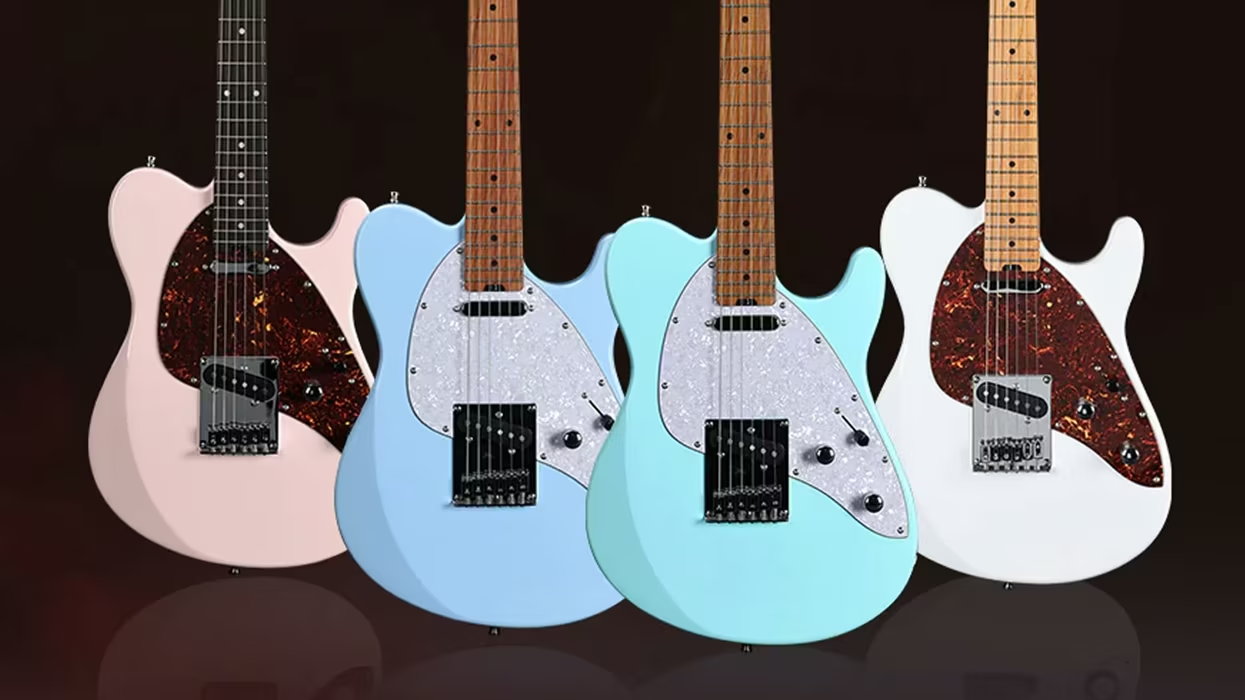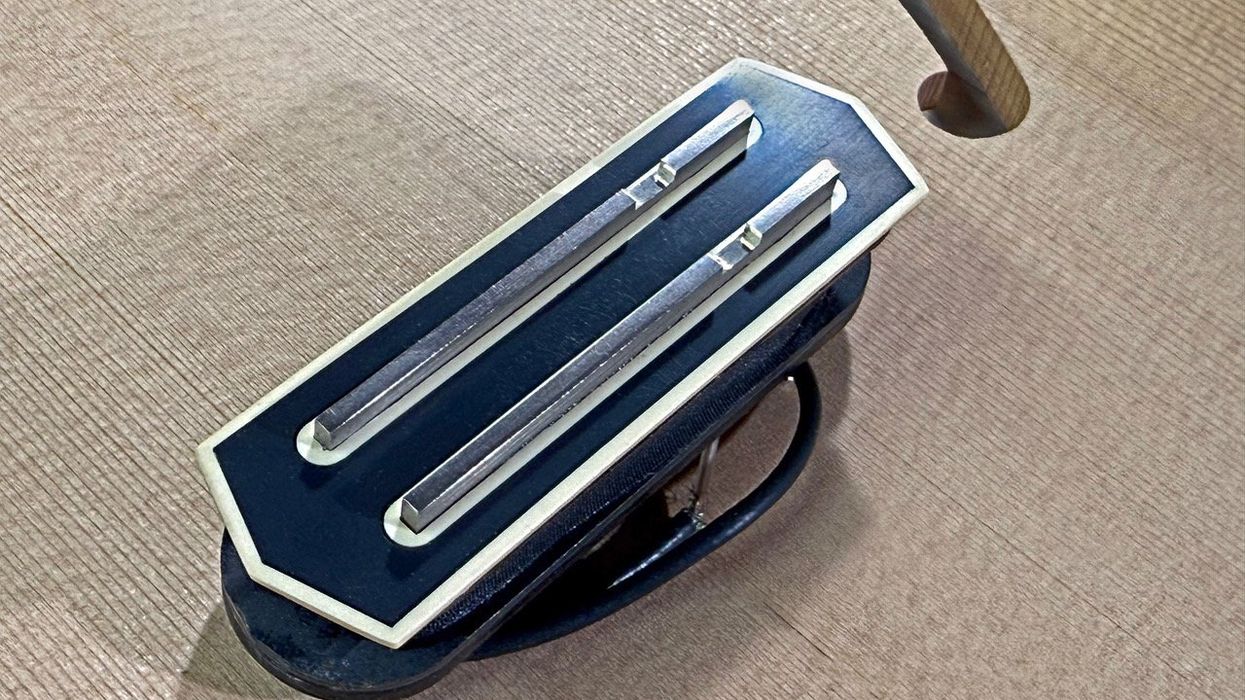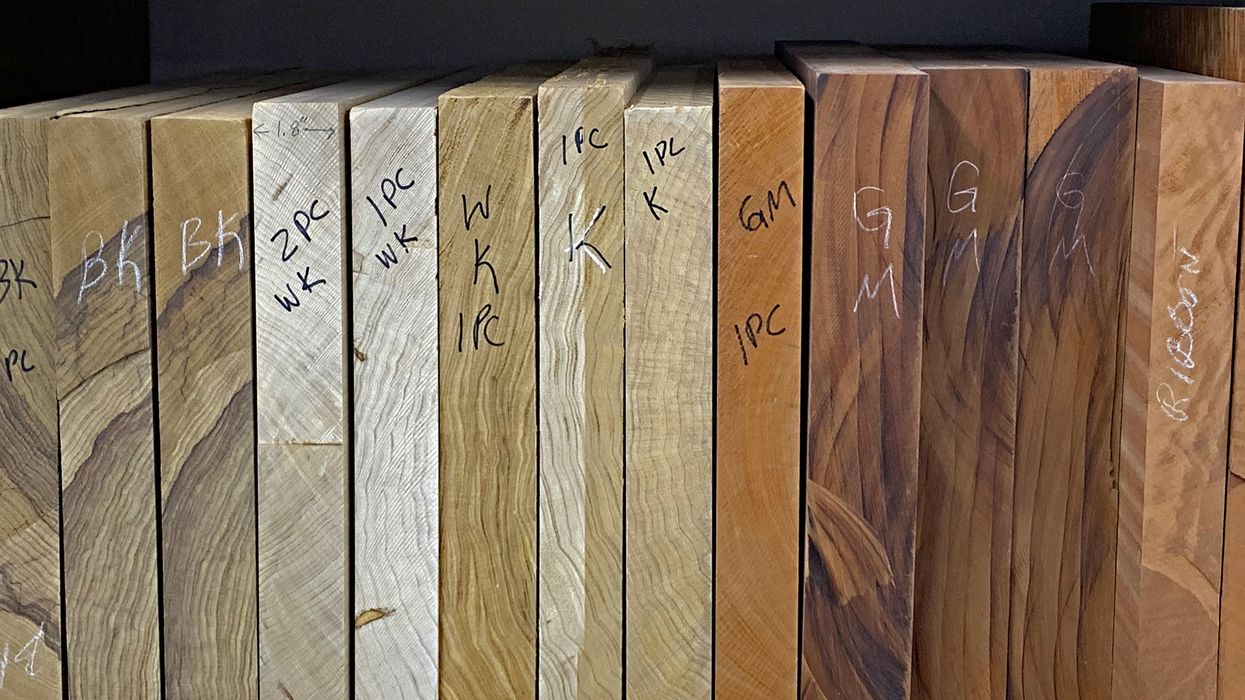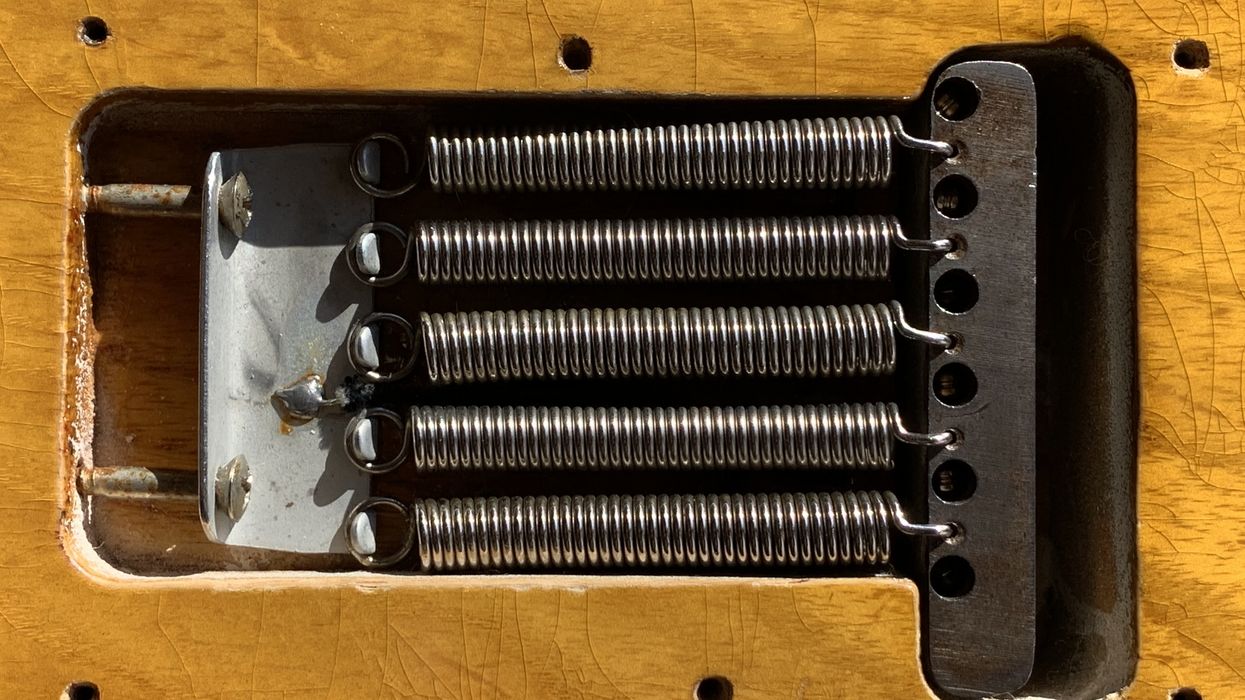T-shirts, cuffed jeans, and work boots are still the uniform of rock 'n' roll 60 years later, but the curators of outrage have long since moved on. Tastes change, styles are manipulated into obsolescence, and the public gloms onto something new to scratch the insatiable itch. Paul Simon once sang “every generation throws a hero up the pop charts," and so it is, too, with guitars, amps, and even the sounds they make.
Mesa/Boogie founder Randy Smith argues that the angry sonic fingerprint of European tubes put the edgy grit into the British blues in the late 1960s. The massive success of English amps like Vox and Marshall, Smith surmises, heralded in the aggressive sounds that eventually spawned heavy metal. Acts like the Sex Pistols and the Ramones cranked up the sneers and square waves—basically souping-up surf music until it was punk. Whether or not Smith's thesis is true, there is no arguing that one faction of guitar-based popular music got denser and darker by piling on the saturation and tuning ever lower until we were presented with drone-metal bands like Seattle's Sunn O))). The other side of the coin was the jangly, chorus-pedal-infected bands like the Police and a gaggle of pub rockers that appropriated reggae, ska, and American roots-rock with attitude in order to serve up something new. And so it goes.
Through all of this, guitars have remained basically the same. Dan Auerbach and Chuck Berry could probably trade rigs without a hitch. Whether music is blues-based or leans heavily on punk aesthetics, the basic footprint hasn't changed that much. What has changed is what occurs between the guitar and the amp. I've seen a subtle but critical shift in the way guitarists approach the entire signal chain. Stripped bare of their pedals, Hendrix, Page, and even Gilmour (who utilized a massive Pete Cornish board) still had their basic sound.
Even in the rack-mounted, big-hair days, guitarists like Van Halen achieved their trademark voice with combinations of guitar and amp—and then augmented that sound with effects. In a way, this was mimicking the studio signal-chain paradigm of the day. The hands and strings were electrically close to the final product. In this model, the guitar is very important to the musician's sound. But then the rebel bikers came to town.
The shift to creating a basic-foundation sound now often includes, or even depends on, pedals. This may or may not have something to do with the current popularity of the Fender Jazzmaster and Jaguar. These somewhat anemic single-coil instruments never fared well when called upon to push a basic amplifier into fat, full tones, but pedals love them. The low-power pickups present a pristine, virginal signal to process and form, much like the way the military breaks down a new recruit to nothing in order to mold them into the desired outcome.
The pedal esthetic has trickled down (or up) until not only the serious pro, but the weekend warrior and the bedroom guitar-slinger might need a somewhat different instrument. Over time, more of my clients were asking for pickups that mimic the low-output of the cheap catalog instruments of the 1960s. And although I couldn't imagine why at first, it makes perfect sense when the effects-laden path lies ahead. It's analogous to digital photography, where so much of what we see today was created long after the shutter was clicked. When you can accomplish real-time retouching of tone and playing technique, who needs a sweet-sounding guitar?
For a builder, this can turn the traditional assumptions on their head. Does sustain even matter any more? I'd argue that it really never did (unless you were Carlos Santana's favorite note). But certainly, clean fretting and solid intonation will trump “that Peter Green tone" that every garage-based pickup winder claims to have really nailed. Who cares? There's an app—I mean a pedal—for juicing up the tone of any plywood guitar-shaped-object until it sounds like a 1959 Les Paul, right?
Vive la révolution! But even as I embrace the proliferation of effects pedals, I prefer to make instruments that can still be played straight into an amplifier to great result. Fretwork, intonation, and clarity are still as important as ever. I hope that builders will remain dedicated to the idea that there are fundamental elements of great design, and that providing the building blocks for anyone's sound is essential. That stuff lives on long after the rebel motorcycle gang leaves town.


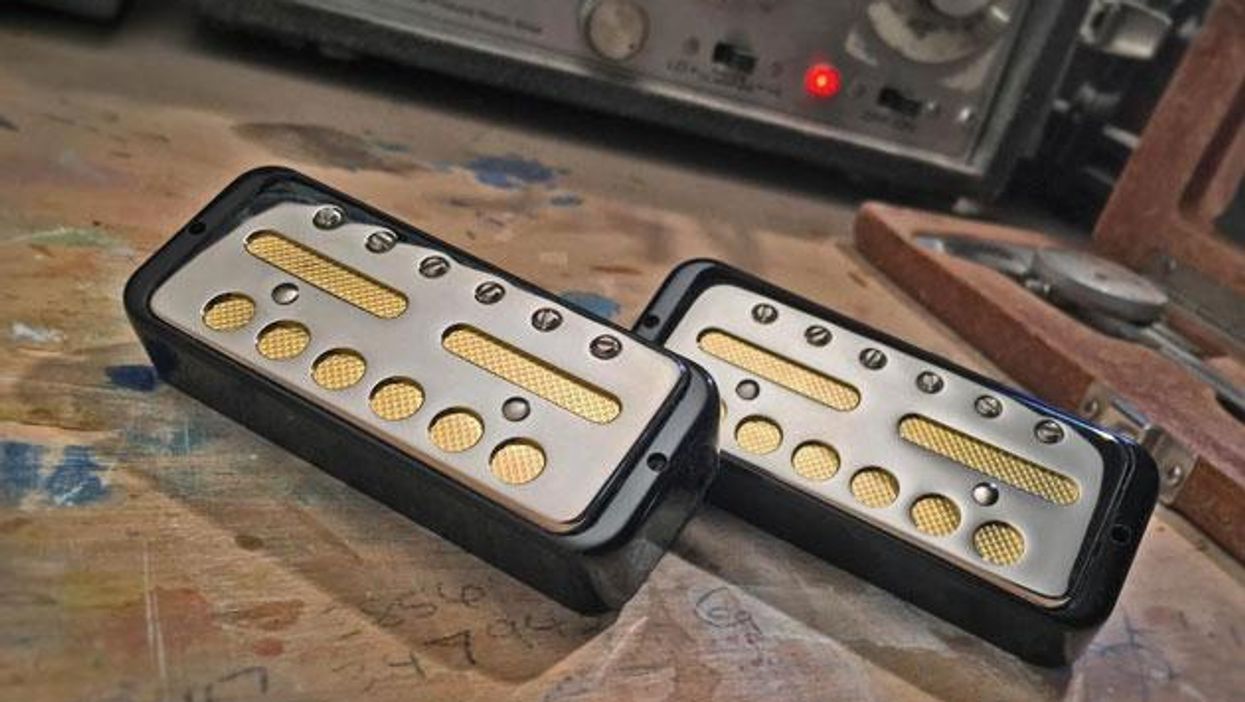

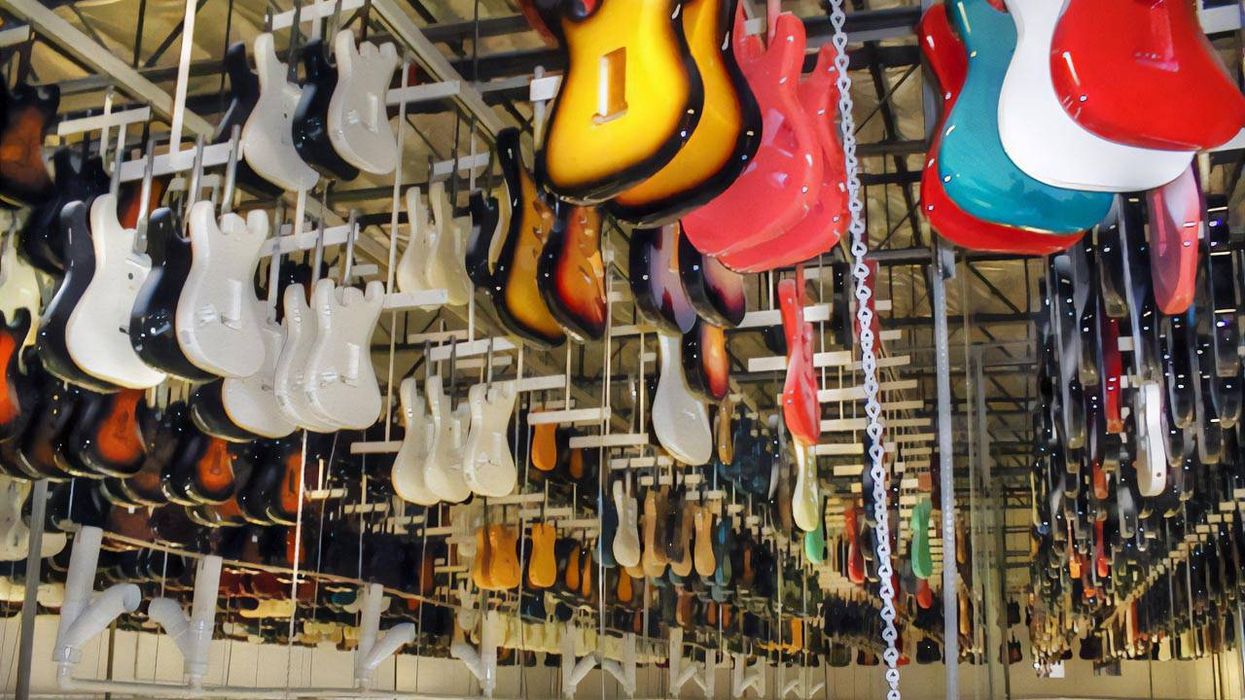
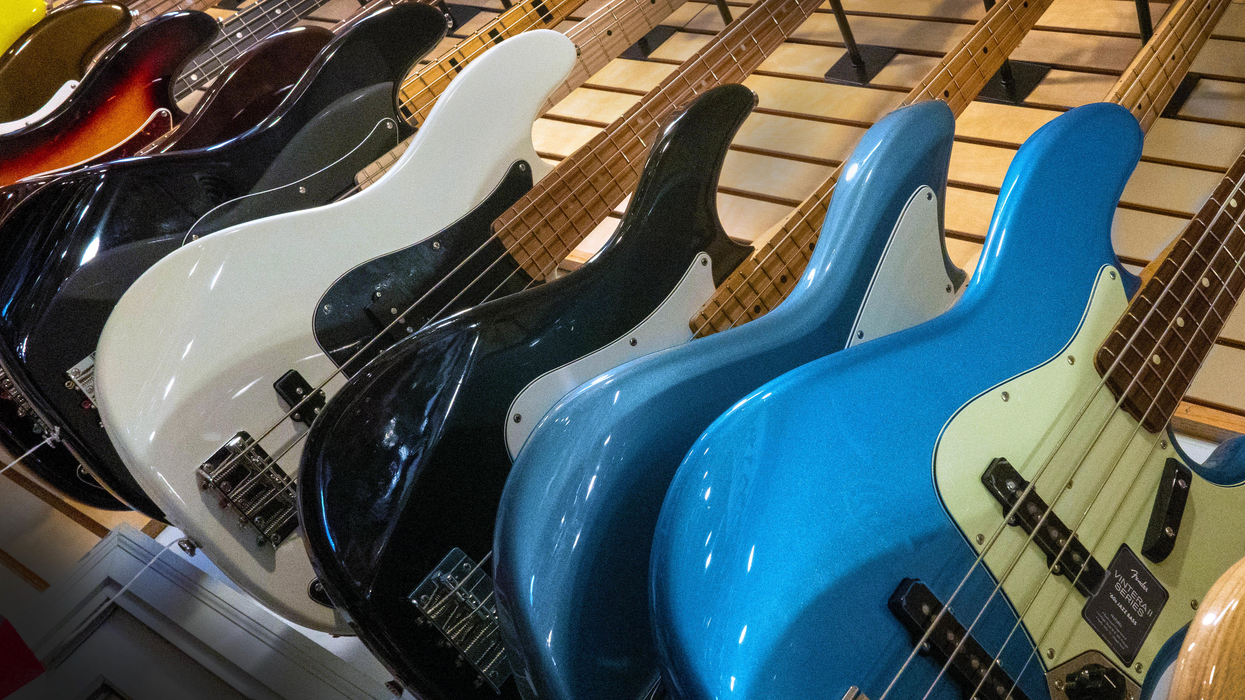
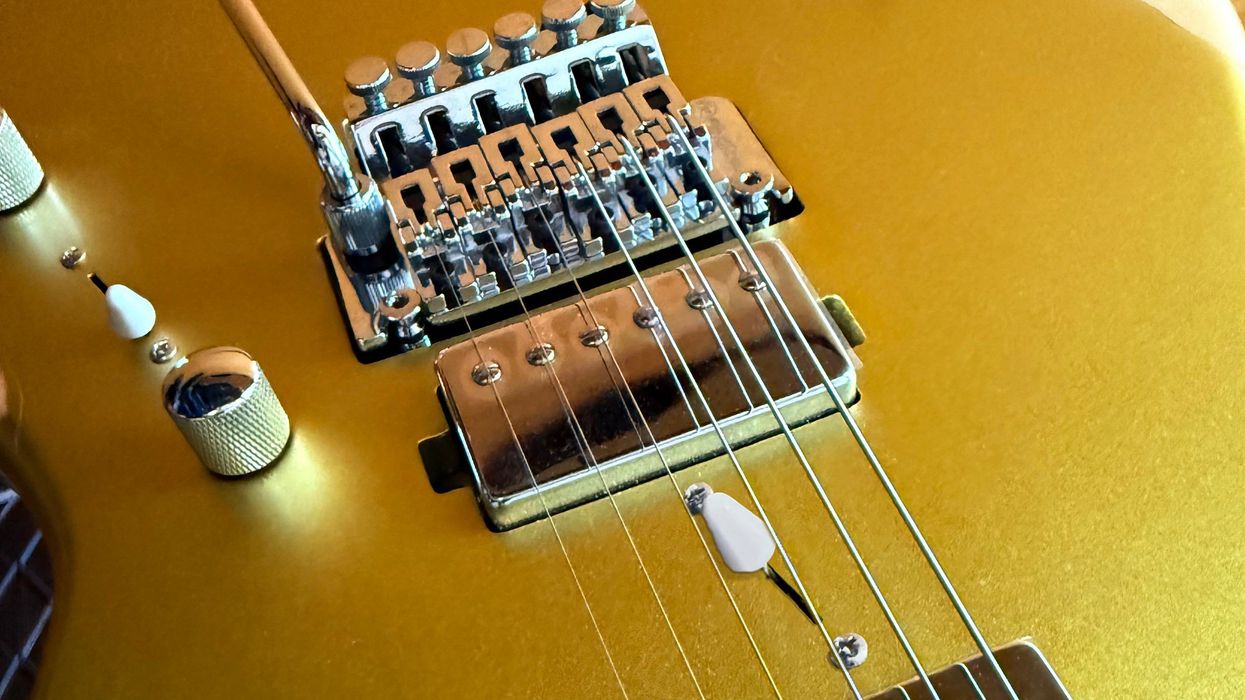
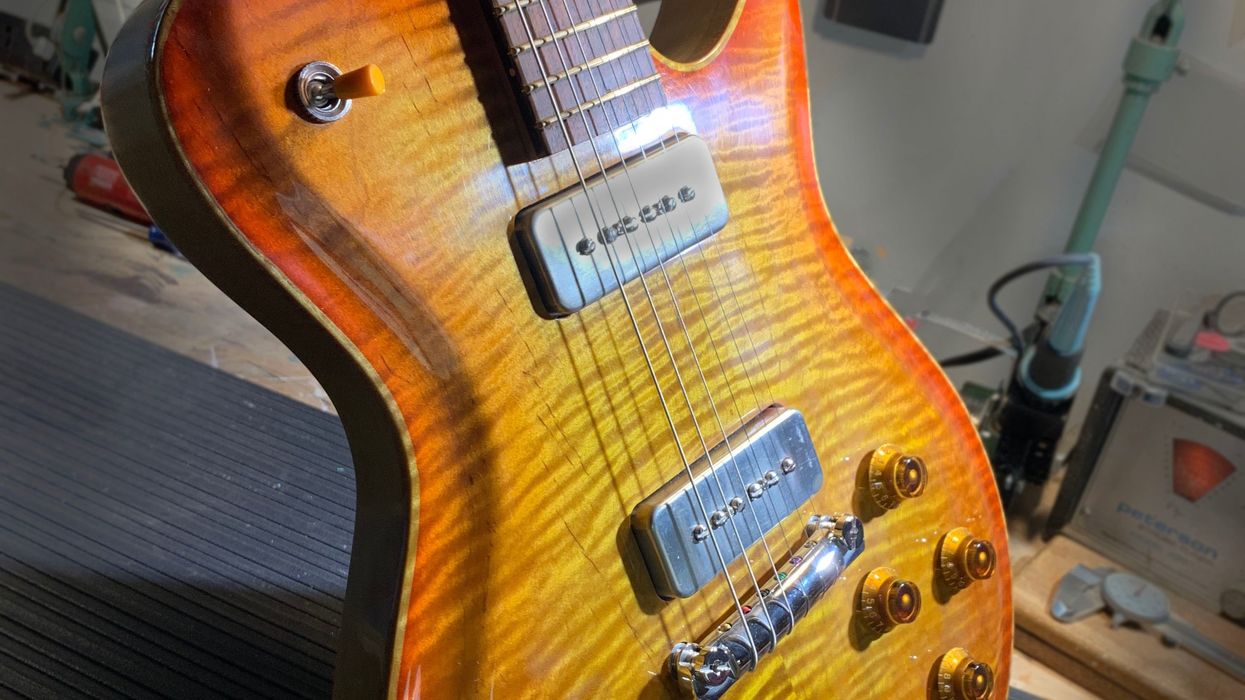
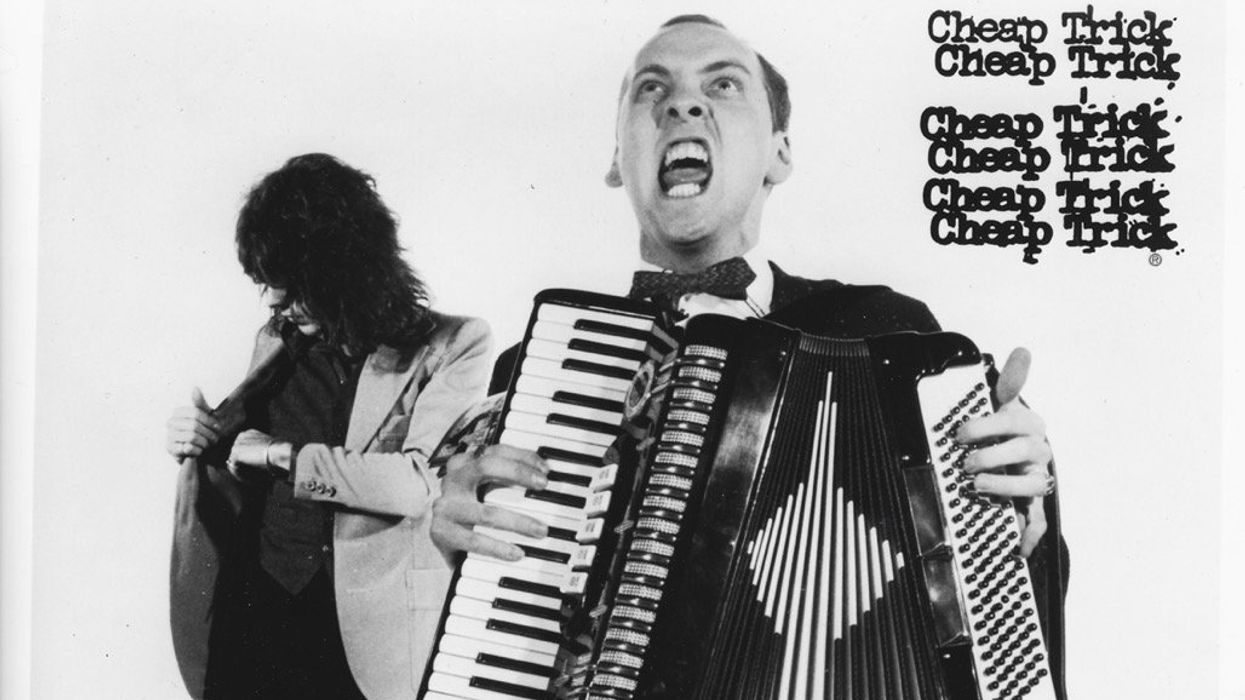


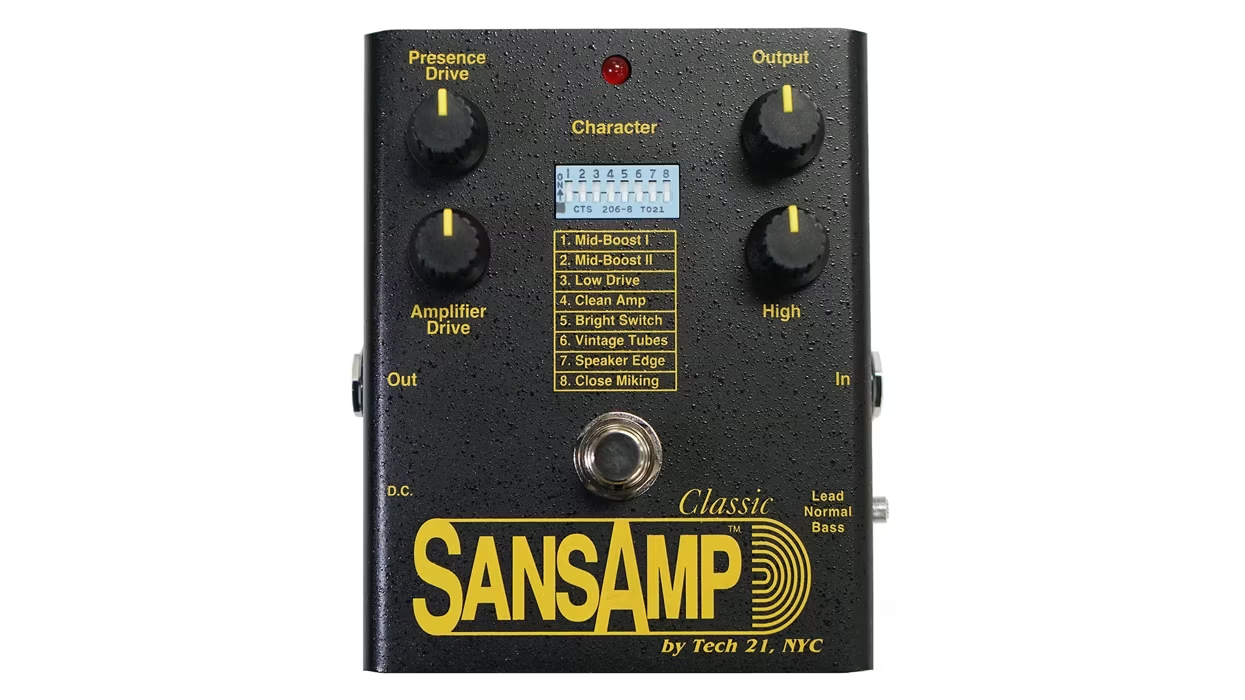
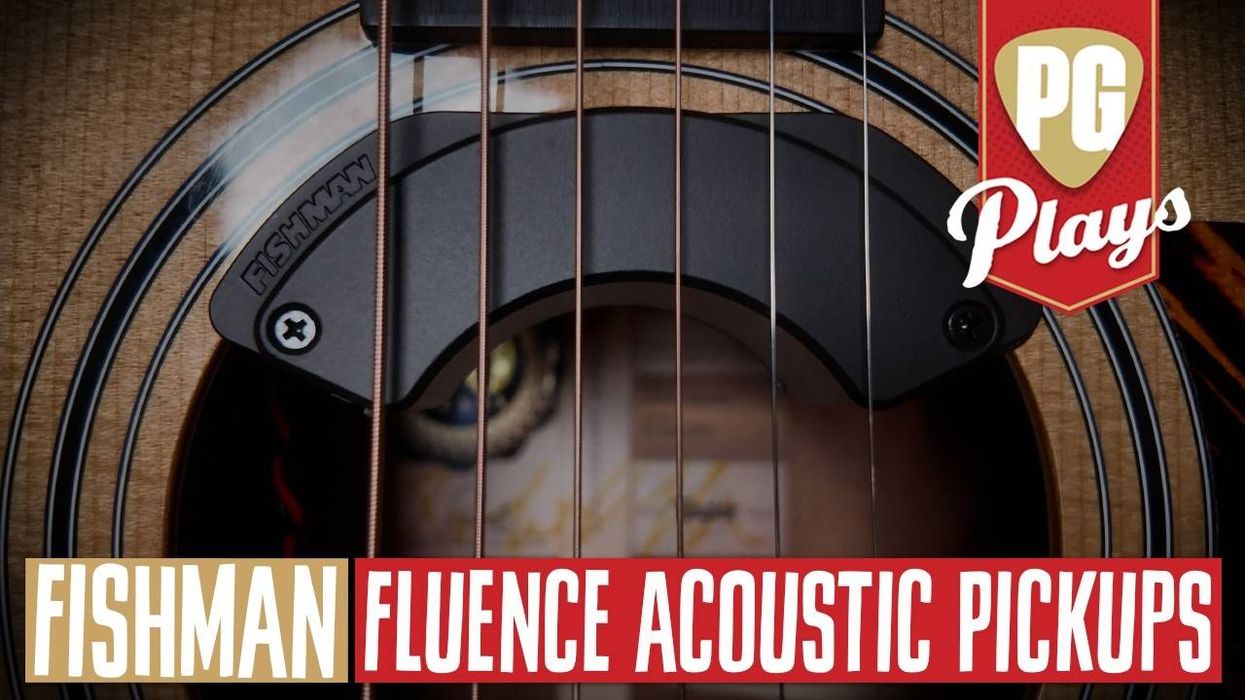
![Rig Rundown: Russian Circles’ Mike Sullivan [2025]](https://www.premierguitar.com/media-library/youtube.jpg?id=62303631&width=1245&height=700&quality=70&coordinates=0%2C0%2C0%2C0)
